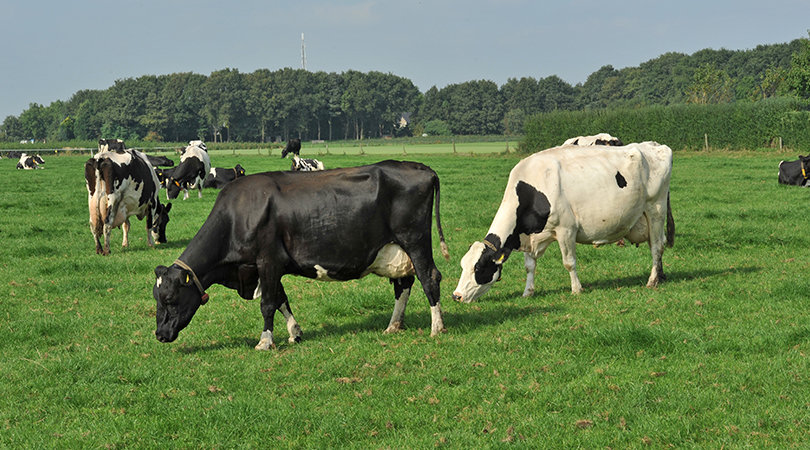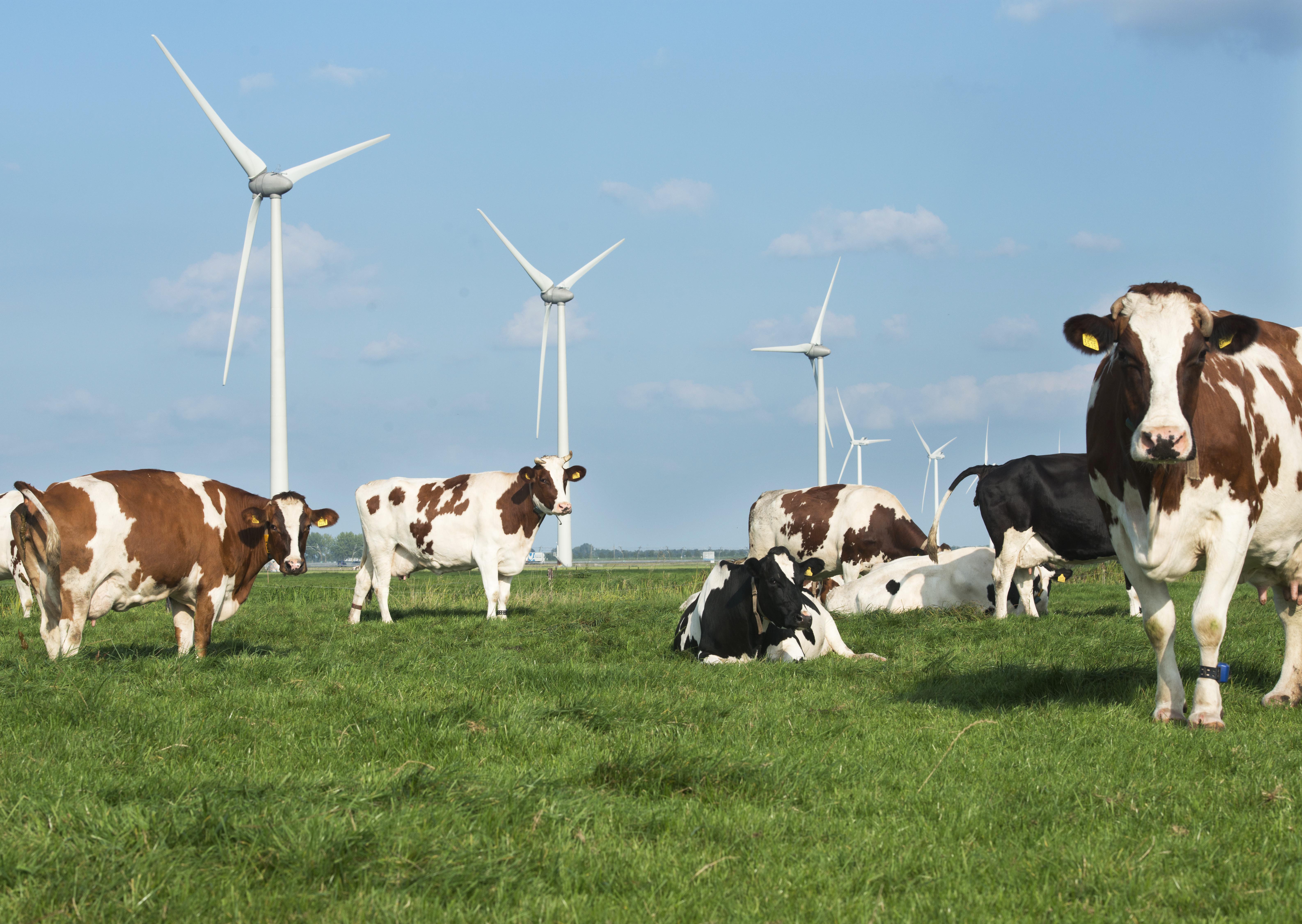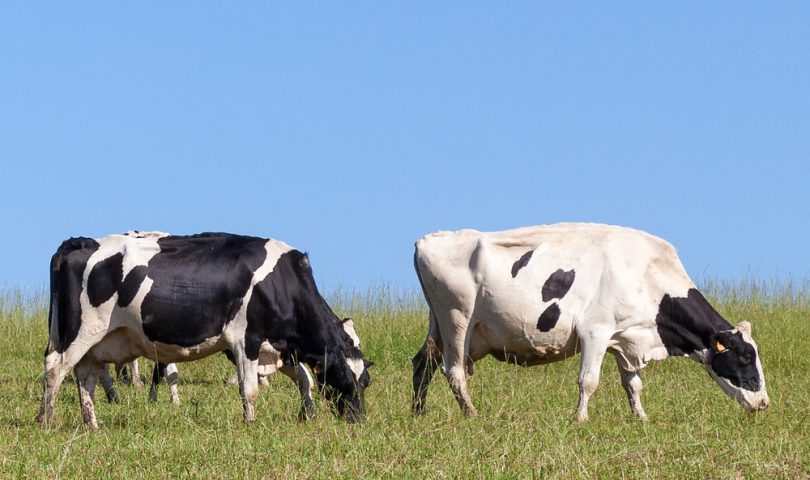

Sustainability
News overviewPhosphate reduction on course
The implementation of the Phosphate Reduction Plan is going as planned. The plan, which came into force on 1 March of this year, has together with some other measures resulted in a substantial decrease of the production of phosphate. By now, a large part of the intended reduction has already been achieved. This has brought the discussion about retention of the derogation, the eventual aim of the Phosphate Reduction Plan, within reach.
The favourable development of the phosphate reduction is for State Secretary Van Dam a reason not to increase the reduction percentage for the third period of the plan (the months of July and August) to a maximum of 20%, as was foreseen. The increase will remain limited to 12%, as he announced today in a letter to the Dutch Lower Chamber.
Continuation of reduction is necessary
Possibly, this percentage may be valid for the rest of the year. However, this requires maintenance of the already achieved result. Therefore the dairy sector endorses the idea of the State Secretary that the phosphate reduction is to be continued unabatedly.
‘Recent figures of the Central Statistical Office show that the dairy herd has been reduced so much, that the objective of the Phosphate Reduction Plan is within reach. However, we are not there yet. It is in the interest of the dairy farming sector to persevere and take the final steps. This is required in order to be able to talk in Brussels about retention of the derogation’, according to the State Secretary.
Alternative for the young cattle count
The State Secretary also announced an alternative young cattle count with respect to the phosphate reduction scheme. This allows dairy farms to dispose of young cattle for death, slaughter or export without being forced to give up a proportional number of dairy cows for these. Besides, they may freely dispose of newborn calves of a maximum age of 35 days to a milk supplying or non-milk supplying business in the Netherlands. The young cattle count only applies to dairy farms that dispose of young cattle older than 35 days to a milk supplying or non-milk supplying business in the Netherlands.
The alternative for the young cattle count was necessary, because the original concept obstructed the normal operational management of many dairy farms. The adjustment was established at the request of the sector.




